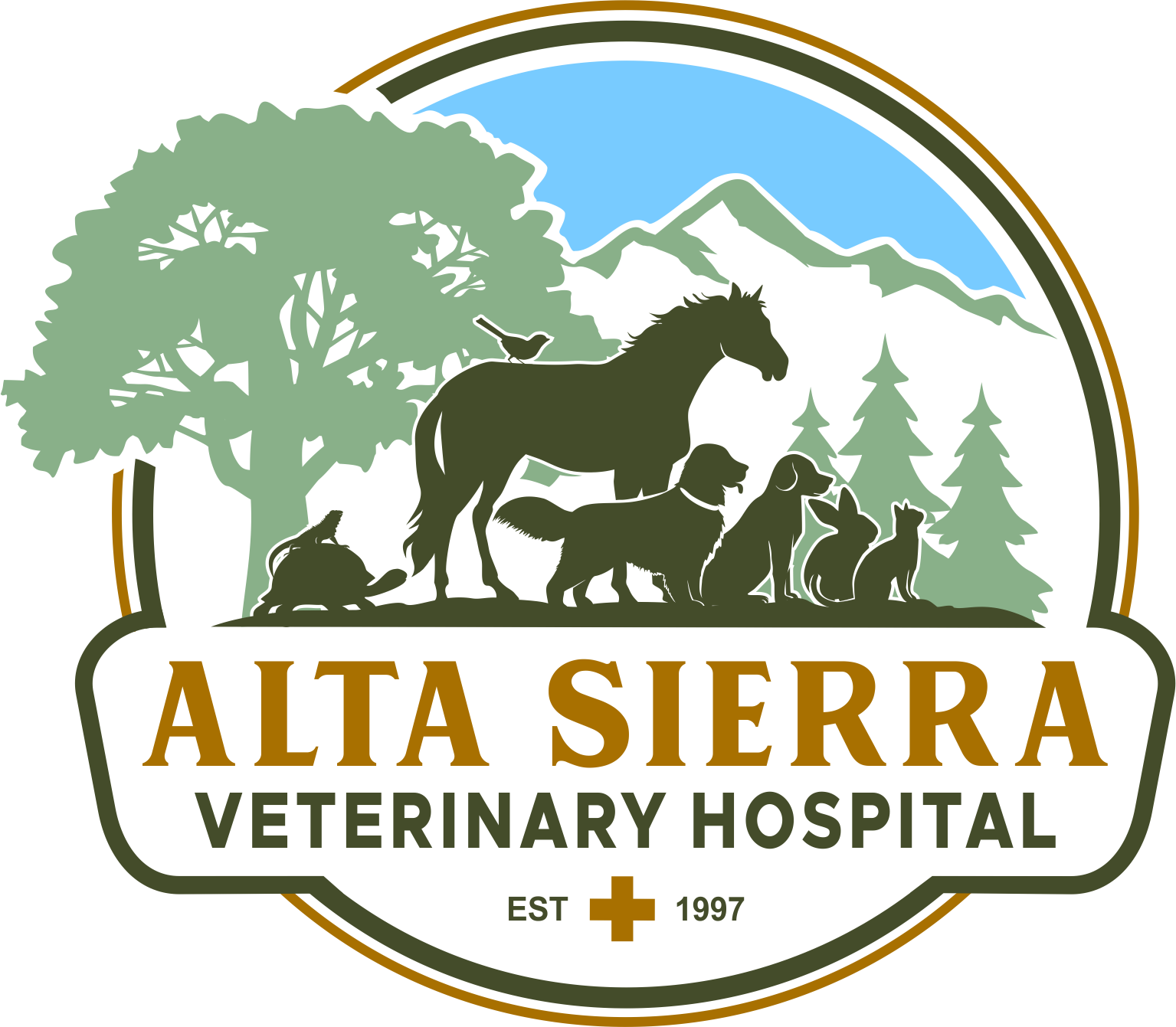Library
-
This handout summarizes atlantoaxial (AA) luxation, a condition in which instability or excessive movement is present between the first two vertebrae within the neck. This instability causes pressure on the spinal cord. Atlantoaxial luxation can be caused by trauma, hereditary factors, or a combination of both.
-
These two conditions are the result of calcium being deposited within the skin. They are usually of minor significance in young dogs and cats but can indicate serious underlying diseases in older pets. This handout describes the different types of calcinosis circumscripta and cutis and associated causes, clinical signs, and treatments.
-
Chemotherapy drugs are used to treat cancer and other conditions in people and animals, and often target and kill rapidly dividing cancer cells, but normal, healthy cells that grow quickly may also be affected. Side effects of ingestion can include stomach upset, neurological signs, bone marrow suppression, and organ damage.
-
Severe heart disease in cats can lead to congestive heart failure, a condition that occurs when the heart is no longer able to pump blood to the body, and fluid starts to back up. With right-sided heart failure, fluid backs up in body cavities, whereas with left-sided heart failure, fluid backs up into the lungs. The most common type of heart disease in cats is hypertrophic cardiomyopathy (HCM). Difficulty breathing is the number one clinical sign.
-
Coonhound paralysis is a sudden inflammation of multiple nerve roots and peripheral nerves in dogs, and occasionally cats. It can be caused by an immune reaction to raccoon saliva. It can also occur in dogs who have not encountered a raccoon. In this case, it is called acute idiopathic polyradiculoneuritis, and its cause is often unknown. Dogs with coonhound paralysis start out with a stiff-legged gait that rapidly progresses to paralysis of all four legs. Good nursing care is essential for recovery.
-
Corneal lipidosis is an accumulation of fatty substances within the cornea. This is caused by genetics (corneal dystrophy), eye inflammation (corneal degeneration), or by an increase in circulating lipids in the body (hyperlipidemia). Visually, lipidosis appears as a sparkly or shiny area of the cornea. It is diagnosed by a thorough eye exam, bloodwork, and patient history. Treatment and prognosis will depend on the cause and may include treatment of underlying inflammatory conditions of the eye, or systemic treatment of elevated lipid blood levels.
-
Cushing's disease is a condition in which the adrenal glands over-produce certain hormones. It may be caused by a pituitary gland tumor, an adrenal tumor, or prolonged corticosteroid use. Clinical signs include poor haircoat, pot-bellied appearance, increased drinking, and increased urination. Medical and surgical treatment options are discussed. Prognosis varies but is improved with intervention.
-
Blue-green algae, also called cyanobacteria, are found in fresh and brackish water of ponds and lakes. These microscopic bacteria can also grow in backyard fountains, garden pots, bird baths, and anywhere water is stagnant. Regardless of where they are found, cyanobacteria can be dangerous.
-
Cysts are hollow spaces within tissues that contain either a liquid or a solidified material. Some breeds have a tendency to develop certain types of cysts. Accurate diagnosis relies upon microscopic examination of a piece of tissue. The most common treatment for cysts is surgical removal. It is important to prevent your pet from rubbing, scratching, or otherwise bothering the cysts or the surgical site.
-
Diabetes insipidus (DI) is rare in cats, and is characterized by excessive thirst/drinking and the production of enormous volumes of extremely dilute urine. Despite drinking large volumes of water, the cat can become dehydrated from urinating so much. Without treatment, NDI results in dehydration leading to stupor, coma, and death.

